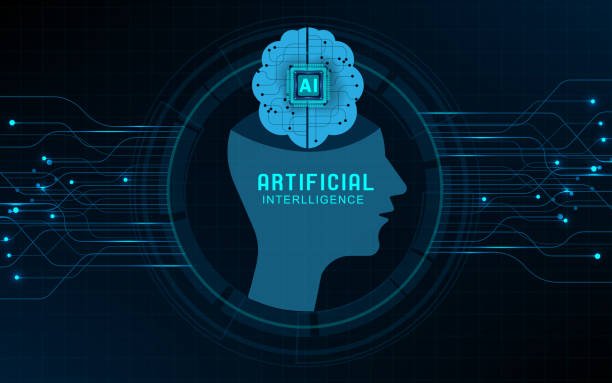Two concepts commonly dominate conversations in the constant environment of artificial intelligence (AI): Machine Learning and Deep Learning. These innovative technologies have changed organisations, driven incredible breakthroughs, and changed the method in which we deal with data. Knowing the key distinctions among these two technologies is essential for anyone stepping into artificial intelligence.
Machine Learning and Deep Learning are two different concepts that have a distinct set of advantages, limitations, and application domains. Machine Learning has an extensive background that spans ages and includes a wide spectrum of algorithms. Deep Learning, on the other hand, is growing as an influential factor in artificial intelligence, owing to the use of neural networks and their ability to enormous scale data and processing resources.
The artificial intelligence sector is globally estimated to generate 433 billion US dollars in sales by 2022. Now, it is expected to develop significantly in the years ahead, hitting over 500 billion dollars by 2023.
This article explores the distinctions between Machine Learning and Deep Learning. Delve into the basic concepts, unravel the algorithms, and discuss the practical ramifications of choosing one technique over another.
Difference Between Machine Learning and Deep Learning
The technology used in machine learning requires instruction on how to create a reliable prediction by collecting additional details. Due to the artificially constructed neural network layout, the algorithm in deep learning is capable of understanding how to generate a precise estimate by using its information analysis.
The table below discusses the difference between the two methods in detail:
| Machine Learning | Deep Learning |
| Machine Learning data differs from Deep Learning data, where it employs organised data. | Deep Learning’s representation of information is significantly distinct because it employs neural networks. |
| Machine learning can be used on low-level PCs. It does not require a lot of computer resources. | It relies on high-end machines. It does a huge amount of matrix multiplication procedures by default. These kinds of tasks can be efficiently optimised using a GPU. |
| Multiple types of computer algorithms are used to convert input into function models and forecast actions to come. | To analyse data characteristics and interactions, a neural network is used that sends data via processing layers. |
| The method of learning is divided into several parts. It then merges the outcomes of each stage into a single output. | Moves along the learning procedure through fixing the problem from beginning to conclusion. |
| Machine learning algorithms can be put up and run quickly, but their efficacy might be limited. | Deep learning techniques, while requiring more time for initialisation, can yield results instantly. |
| Machine learning is the process that instructs algorithms to recognise correlations and patterns in datasets. | Deep learning analyses complicated patterns and relations by employing sophisticated neural networks with numerous levels. |
| Machine learning methods need fewer inputs than deep learning algorithms, but the integrity of the data becomes more vital. | Deep learning techniques require enormous quantities of information to construct neural networks but may gain knowledge independently as new data is processed. |
| Machine learning is utilised in different applications, including regression, identification, and grouping. | Deep learning is usually used for complicated tasks such as image and natural language processing, speech recognition, and self-driving cars. |
| In general, the result of the machine learning technique is a numerical value, like a score or category. | The outcome of the deep learning algorithm can be in a variety of media, like text, music, or sound. |
Future Trends and Developments
Deep learning and machine learning have to attain their full capabilities. Additionally, the acceptance will be dependent on technological advancements over the next centuries and even longer.
Machine learning and deep learning are currently used in many organisations. Organisations must focus on evaluating which of the aforementioned technologies best meets their individual business requirements. Companies must also examine the ethical considerations associated with using AI parts, such as bias models, user data protection, and safety.
Conclusion
Machine Learning, with its rich history and various methods, has proven to be a useful tool for diverse jobs, from stock price prediction to disease diagnosis. Understanding of machine learning and its uses of statistical approaches to uncover trends from information to make choices. It has been an engine for progress in companies and industries, facilitating data-based choices and operational efficiency on a level that is unparalleled.
Deep Learning, the latest gem of AI, on the contrary, is emerging as a transformational force powered by neural networks with deep connections that resemble the human brain. It has transformed the fields of natural language processing and speech recognition, stretching the limits of what AI is capable of.
A constant in the ever-changing state of AI is the significance of being knowledgeable and adaptive. Participation in an IIM AI/ML course can assist you in keeping on top of these technologies, making sure you are ready for the thrilling advancements and new innovations that are currently on the verge of happening.
Check out the Executive Programme in AI for Business offered by Imarticus to become a part of this evolving field with the right skill set!

